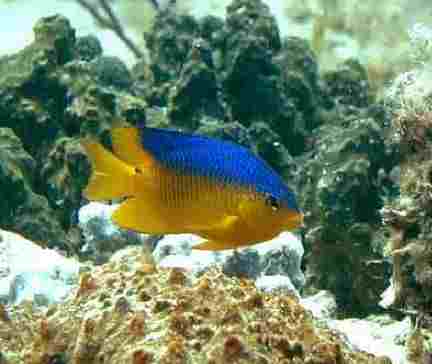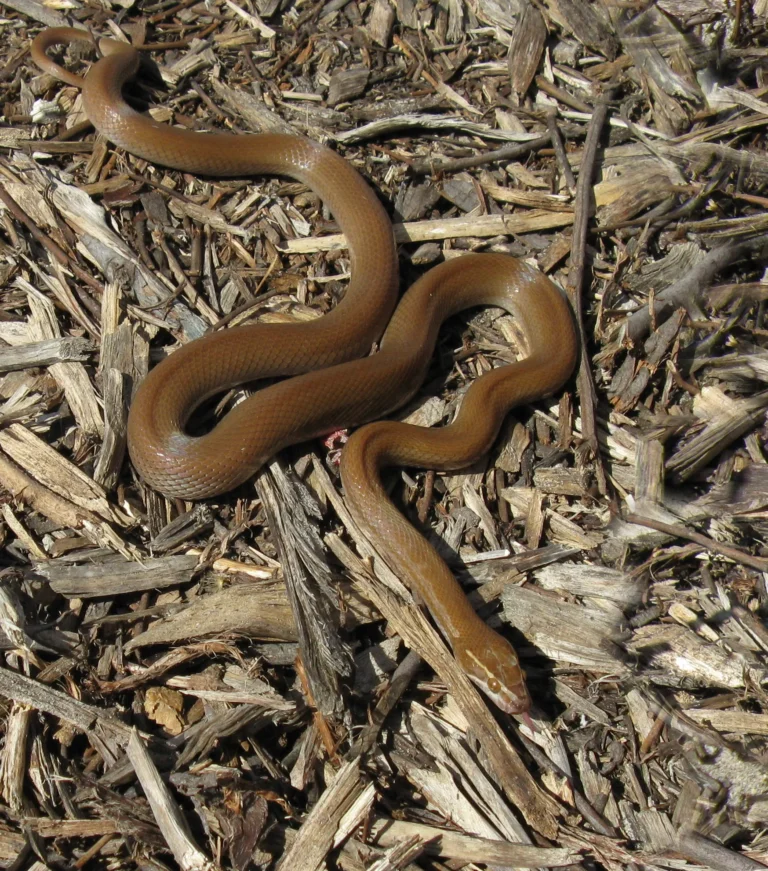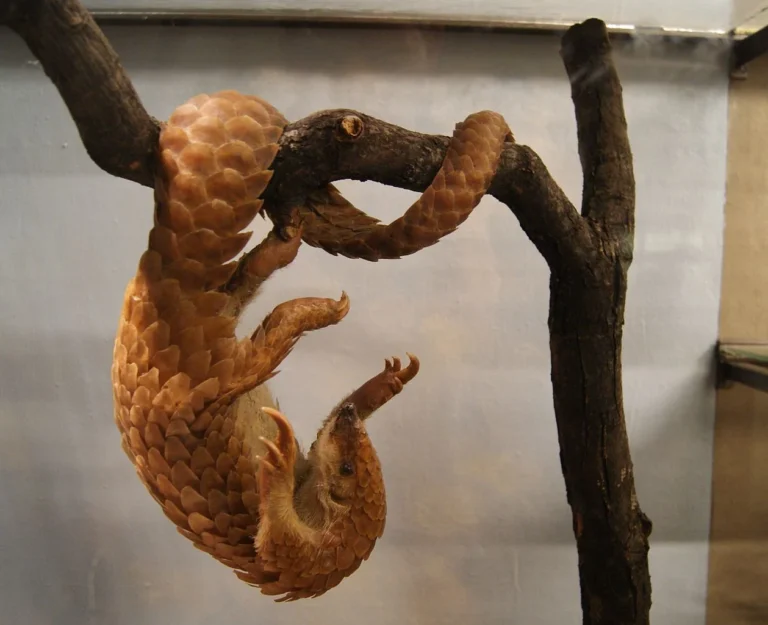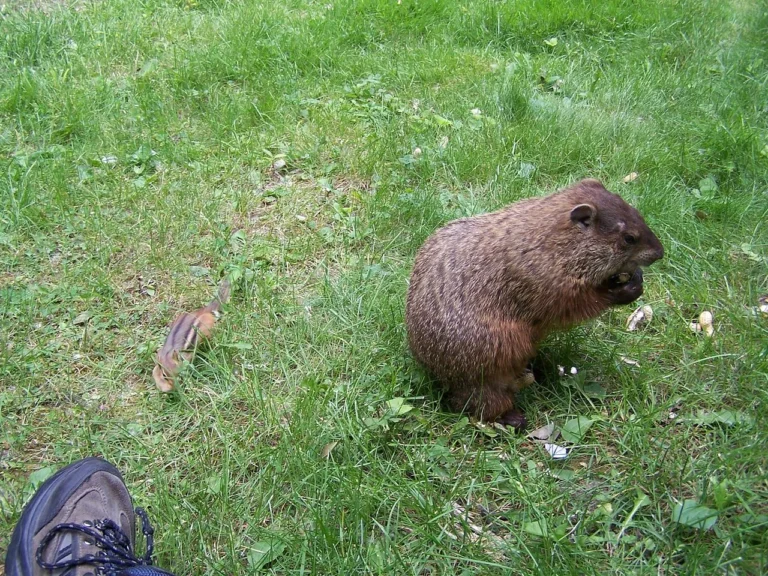Tortoiseshell Cat Vs Calico Cat Appearance, Size, Weight, Overall Comparison
Tortoiseshell cats can be differentiated from calico cats by their fur coloration that predominantly features orange and black, while calico cats’ fur features orange, black and white.
Exploring the distinct charm of tortoiseshell and calico cats unravels the unique features within the feline world. Both known for their captivating colorations, these cats boast a spectrum of hues that contribute to their individual appeal. Delving into their characteristics provides valuable insights for those seeking a special feline companion.
I. Unique Coloration:
– The tortoiseshell cat, with its mesmerizing blend of orange/brown and black/blue colors, stands out as a special feline due to its distinctive and intricate coat patterns. In contrast, the calico cat showcases a tricolor combination of black/blue, orange/brown, and white/grey.
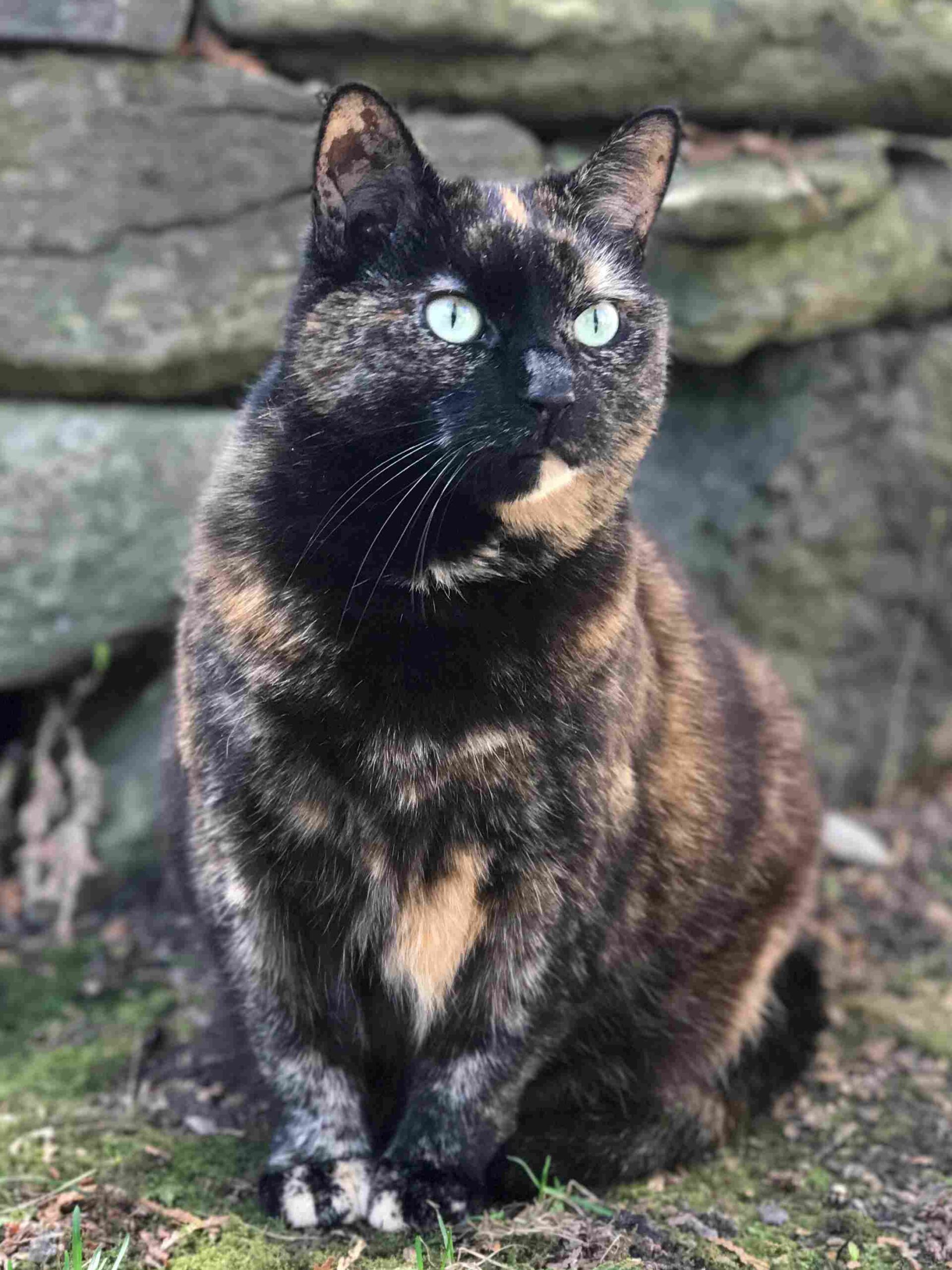
II. Special Markings:
– Both tortoiseshell and calico cats can be pricey, with price tags ranging from $1200 to $2000 and beyond. This cost is often attributed to the unique and intricate markings that make these cats stand out in terms of appearance.
III. Predominantly Female:
– Notably, both tortoiseshell and calico cats are predominantly female, adding an interesting aspect to the gender dynamics within these feline breeds.
IV. Independence:
– Both cats share a common trait of independence, making them suitable companions for individuals seeking feline friends that appreciate their own space.
V. Playfulness and Sociability:
– While calico cats are often recognized for their playful and social nature, engaging in interactive activities with both humans and other pets, tortoiseshell cats, with their unique temperament, may exhibit a more reserved yet independent disposition.
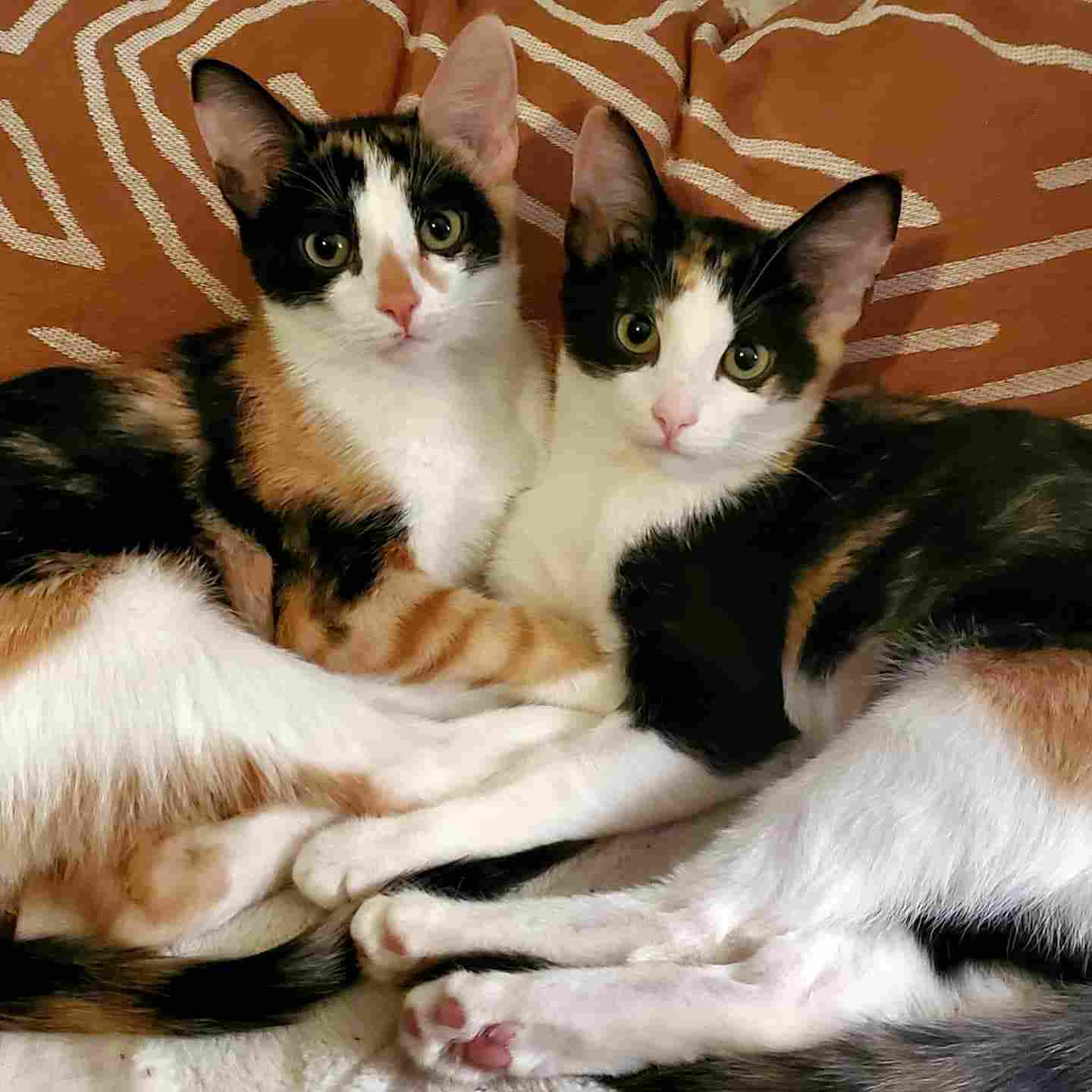
VI. Costly Appeal:
– The investment in a tortoiseshell or calico cat goes beyond mere companionship, as their captivating colorations and distinctive markings contribute to their allure, justifying the higher price range in the feline market.
VII. Choosing the Perfect Companion:
– Prospective cat owners must consider the unique characteristics and colorations of tortoiseshell and calico cats when selecting a feline companion, appreciating the special qualities each brings to the relationship.
*Details of Comparison
| Criteria | Tortoiseshell Cat | Calico Cat |
| Appearance | Mix of black and orange in a mottled pattern |
Tricolor coat with white, black, and orange patches
|
| Size | Falls within the average size range for domestic cats |
Falls within the average size range for domestic cats
|
| Weight | Similar weight range influenced by breed and genetics |
Similar weight range influenced by breed and genetics
|
| Bite Force (PSI) | Comparable range of bite forces typical for domestic cats |
Comparable range of bite forces typical for domestic cats
|
| Physical Offensive Advantages | Agility and camouflaged coats aid in hunting |
Agility and tricolor coat contribute to effective hunting
|
| Physical Defensive Advantages | Rely on agility and sharp claws for defense |
Rely on agility and sharp claws for defense
|
| Speed | Similar high-speed capabilities, reaching up to 30 mph |
Similar high-speed capabilities, reaching up to 30 mph
|
| Agility | Exhibit high levels of agility for hunting and navigation |
Exhibit high levels of agility for hunting and navigation
|
| Senses | Heightened senses crucial for survival in various environments |
Heightened senses crucial for survival in various environments
|
| Overall Physical Capacity | Comparable physical prowess suited for domestic life |
Comparable physical prowess suited for domestic life
|
| Habitat Preference(s) | Adaptable to various environments with a preference for hunting opportunities |
Adaptable to various environments with a preference for hunting opportunities
|
| Tracks | Similar paw prints reflecting typical feline characteristics |
Similar paw prints reflecting typical feline characteristics
|
| Lifespan | Average lifespan ranges from 12 to 20 years for both |
Average lifespan ranges from 12 to 20 years for both
|
| Mode of Feeding | Carnivorous diet primarily consisting of meat |
Carnivorous diet primarily consisting of meat
|
| Intelligence | Display a range of intelligence influenced by individual and breed traits |
Display a range of intelligence influenced by individual and breed traits
|
| Social Behavior | Varied social behaviors, influenced by individual temperament |
Varied social behaviors, influenced by individual temperament
|
| Mode of Reproduction | Sexual reproduction with mating behavior influenced by hormonal cycles |
Sexual reproduction with mating behavior influenced by hormonal cycles
|
| Parental Behavior | Display maternal instincts, nurturing and caring for offspring |
Display maternal instincts, nurturing and caring for offspring
|
| Proximity to Human-Inhabited Areas | Adaptable to living in close proximity to human dwellings |
Adaptable to living in close proximity to human dwellings
|
| Behavior Toward Humans | Diverse behaviors toward humans influenced by temperament and socialization |
Diverse behaviors toward humans influenced by temperament and socialization
|
| Danger Posed to Humans | Generally pose minimal danger, exhibiting defensive behaviors if provoked |
Generally pose minimal danger, exhibiting defensive behaviors if provoked
|
| Associated Precautions | Basic precautions include respecting their space and providing proper care |
Basic precautions include respecting their space and providing proper care
|
| Conservation Status | Not applicable as domestic cats, including tortoiseshell and calico, are not under conservation statuses |
Not applicable as domestic cats, including tortoiseshell and calico, are not under conservation statuses
|
| Conclusion – Similarities | Share fundamental biological characteristics, including taxonomy, size, weight, bite force, and reproductive modes |
Comparable lifespans, modes of feeding, intelligence levels, and social behaviors
|
| Conclusion – Differences | Coat pattern differences: Tortoiseshell has a two-color mix, while calico exhibits a tricolor pattern |
Ecological roles influenced by adaptability and interactions with humans, impacting local ecosystems
|
1. Taxonomy:
Tortoiseshell Cat:
Kingdom: Animalia
Phylum: Chordata
Class: Mammalia
Order: Carnivora
Family: Felidae
Genus: Felis
Species: F. catus
Calico Cat:
Kingdom: Animalia
Phylum: Chordata
Class: Mammalia
Order: Carnivora
Family: Felidae
Genus: Felis
Species: F. catus
These cats share the same kingdom, phylum, class, order, family, genus, and species classifications, indicating a close evolutionary relationship.
2. Appearance:
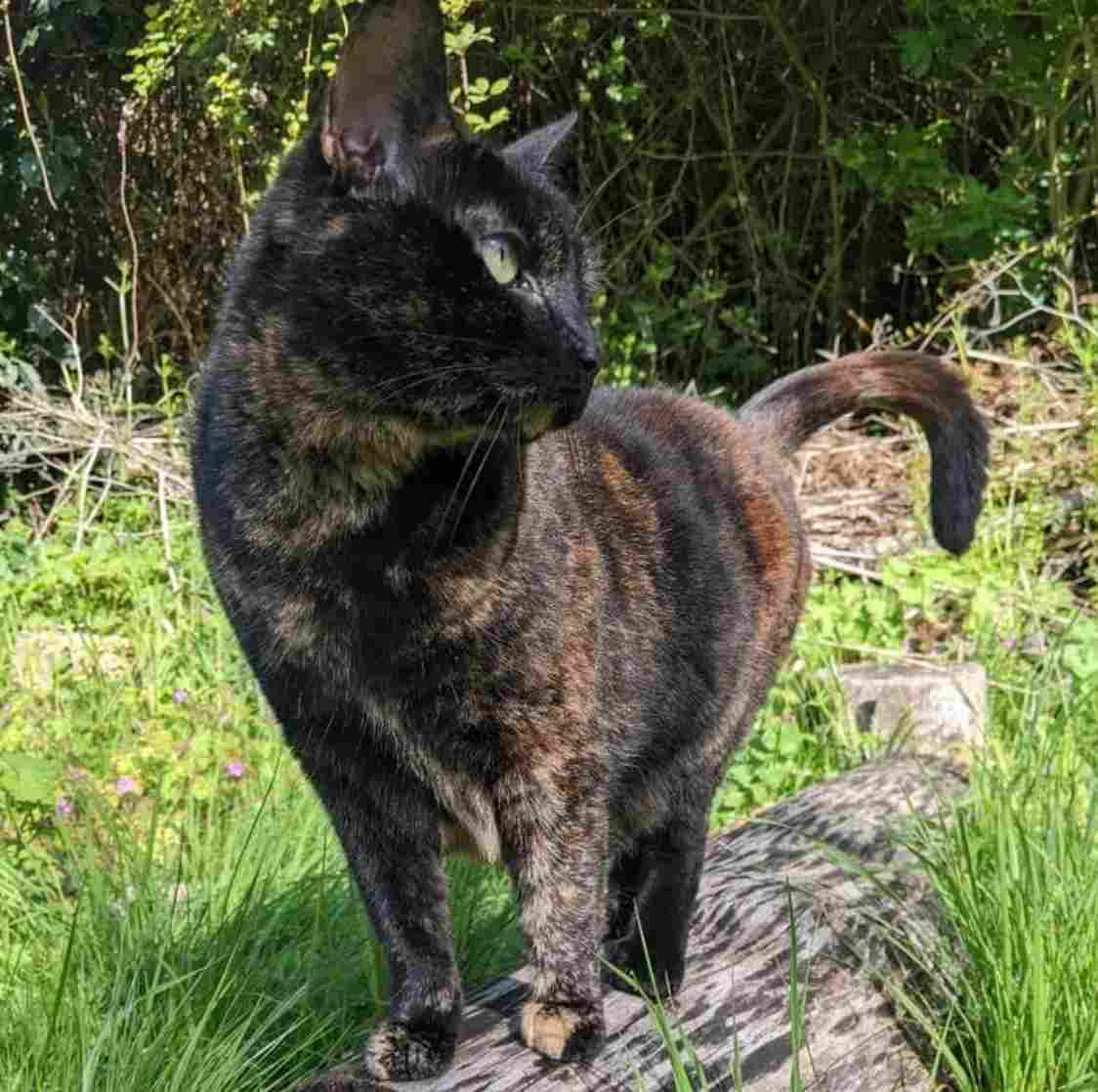
Tortoiseshell Cat:
Typically characterized by a mix of two colors – black and orange – in a mottled or brindle pattern on their fur.
Fur pattern varies, with some displaying more black or orange.
Markings can be asymmetrical, creating a unique appearance for each individual.
Calico Cat:
Primarily characterized by a tricolor coat with patches of white, black, and orange fur.
The distribution of colors can vary, leading to distinct patterns such as the classic “mi-ke” pattern in Japanese calicos.
The coat pattern is largely determined by the interaction of genes, resulting in a diverse array of appearances.
Comparison:
Both share a genetic basis for coat color variations, with different combinations of alleles influencing their distinct patterns.
While tortoiseshell cats have a two-color mix, calicos exhibit a tricolor pattern, usually with white as the base color.
Ecological Implications:
These distinctive coat patterns can have ecological implications in terms of camouflage and predator-prey interactions, aiding in their survival in different environments.
3. Size:
Tortoiseshell Cat:
Generally falls within the average size range for domestic cats.
Size can vary based on factors such as breed and individual genetics.
Calico Cat:
Similar size range to tortoiseshell cats, influenced by factors like breed and genetics.
Comparison:
No significant differences in size between the two, as they both adhere to the typical size characteristics of domestic cats.
Ecological Implications:
Their size is adapted to the ecological niche of a domesticated lifestyle, where they may fulfill roles such as companionship and pest control.
4. Weight:
Tortoiseshell Cat:
Weight varies widely depending on factors such as breed, age, and individual health.
Generally falls within the average weight range for domestic cats.
Calico Cat:
Weight range is similar to tortoiseshell cats, influenced by various factors.
Comparison:
No substantial weight differences between tortoiseshell and calico cats, as both adhere to the typical weight range for domestic felines.
Ecological Implications:
Domestication has led to weight characteristics suitable for a household environment rather than a survival-focused ecological niche.
5. Bite Force (PSI – Pounds per Square Inch):
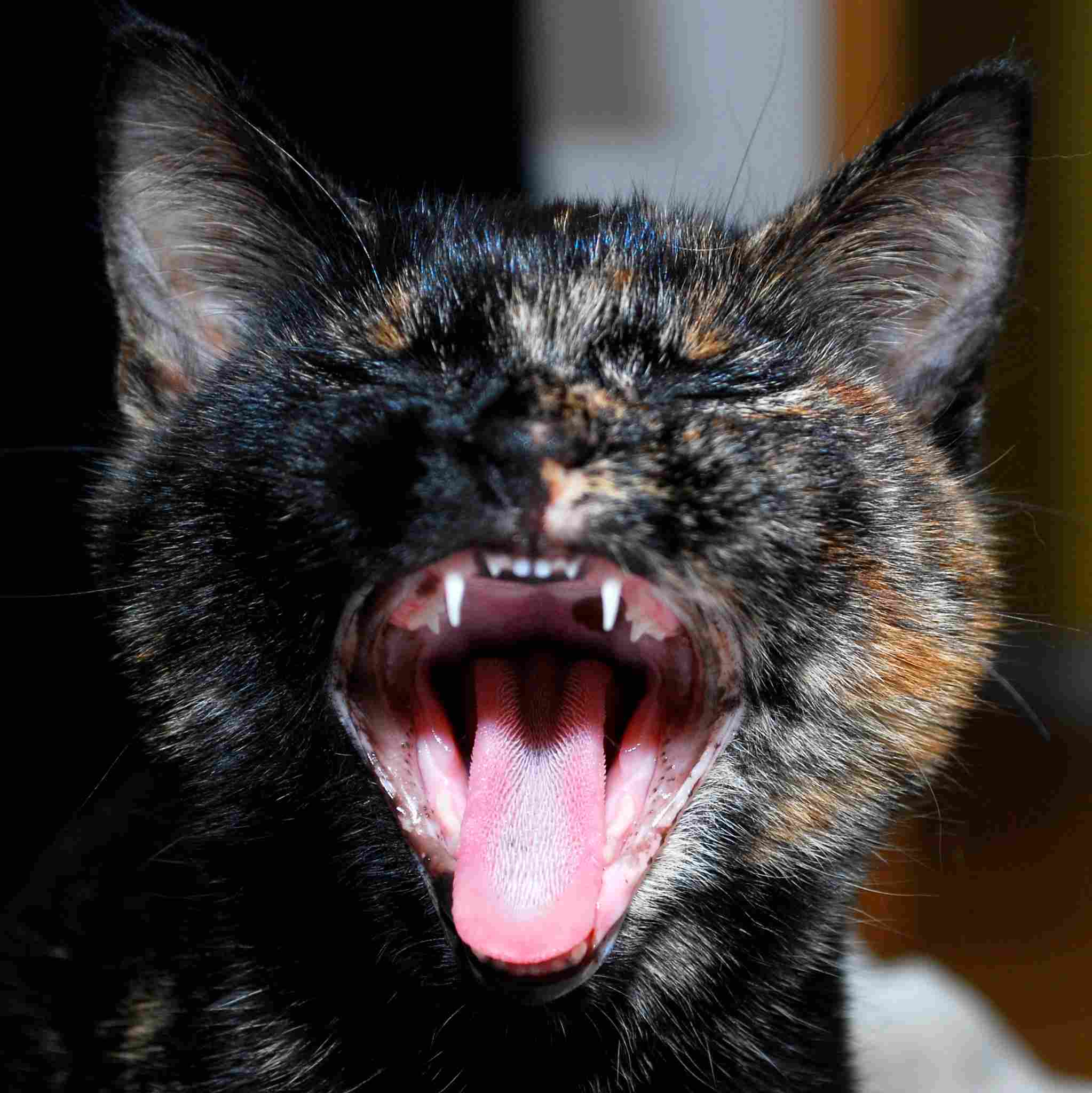
Tortoiseshell Cat:
Bite force varies, influenced by factors like individual health and breed characteristics.
Calico Cat:
Similar variation in bite force as seen in tortoiseshell cats.
Comparison:
No specific differences in bite force between tortoiseshell and calico cats, as both exhibit a range of bite forces typical for domestic felines.
Ecological Implications:
Adaptations in bite force are more related to domestic roles than ecological survival, with a focus on hunting and self-defense in a human-inhabited setting.
6. Physical Offensive Advantages:
Tortoiseshell Cat:
Agile and quick movements aid in hunting small prey.
Camouflaged coat may offer an advantage in stalking prey.
Calico Cat:
Tricolor coat may provide some camouflage benefits in certain environments.
Agility contributes to effective hunting strategies.
Comparison:
Both exhibit agility and camouflaging features, providing advantages in hunting and potentially avoiding predators.
Ecological Implications:
These offensive advantages enhance their ability to catch prey, contributing to ecological balance in environments with small mammals or insects.
7. Physical Defensive Advantages:
Tortoiseshell Cat:
Quick reflexes and agility aid in evasion from potential threats.
Sharp claws and teeth serve as defensive tools.
Calico Cat:
Similar defensive attributes, with agility and sharp claws for protection.
Comparison:
Both tortoiseshell and calico cats possess similar defensive mechanisms, relying on agility and physical attributes for self-defense.
Ecological Implications:
These defensive advantages help ensure their safety in various environments, contributing to their overall survival.
8. Speed (Km/hour or Mile/hour):
Tortoiseshell Cat:
Can reach speeds of up to 30 miles per hour (48 km/h), depending on factors like breed and individual fitness.
Calico Cat:
Similar speed range to tortoiseshell cats.
Comparison:
No significant speed differences between tortoiseshell and calico cats, both capable of reaching high speeds typical for domestic cats.
Ecological Implications:
High-speed capabilities are advantageous for hunting and escaping predators, contributing to their ecological role in controlling small animal populations.
9. Agility:
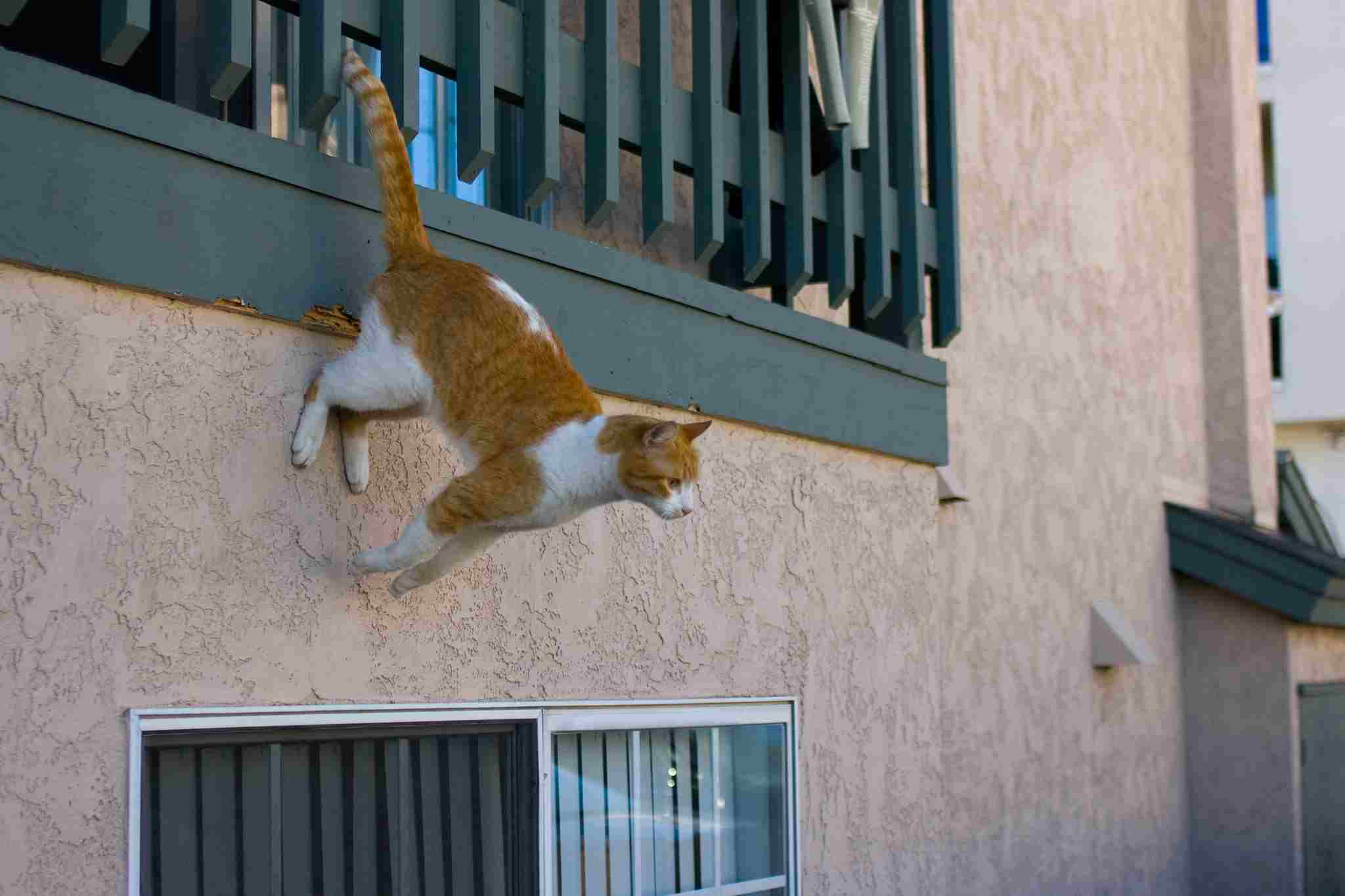
Tortoiseshell Cat:
Agile and nimble, with the ability to make quick and precise movements.
Well-suited for climbing and jumping.
Calico Cat:
Exhibits similar agility, essential for navigating various environments.
Comparison:
Both tortoiseshell and calico cats display high levels of agility, a crucial trait for their daily activities.
Ecological Implications:
Agile movements contribute to successful hunting, exploration, and overall adaptation to diverse ecological settings.
10. Senses:
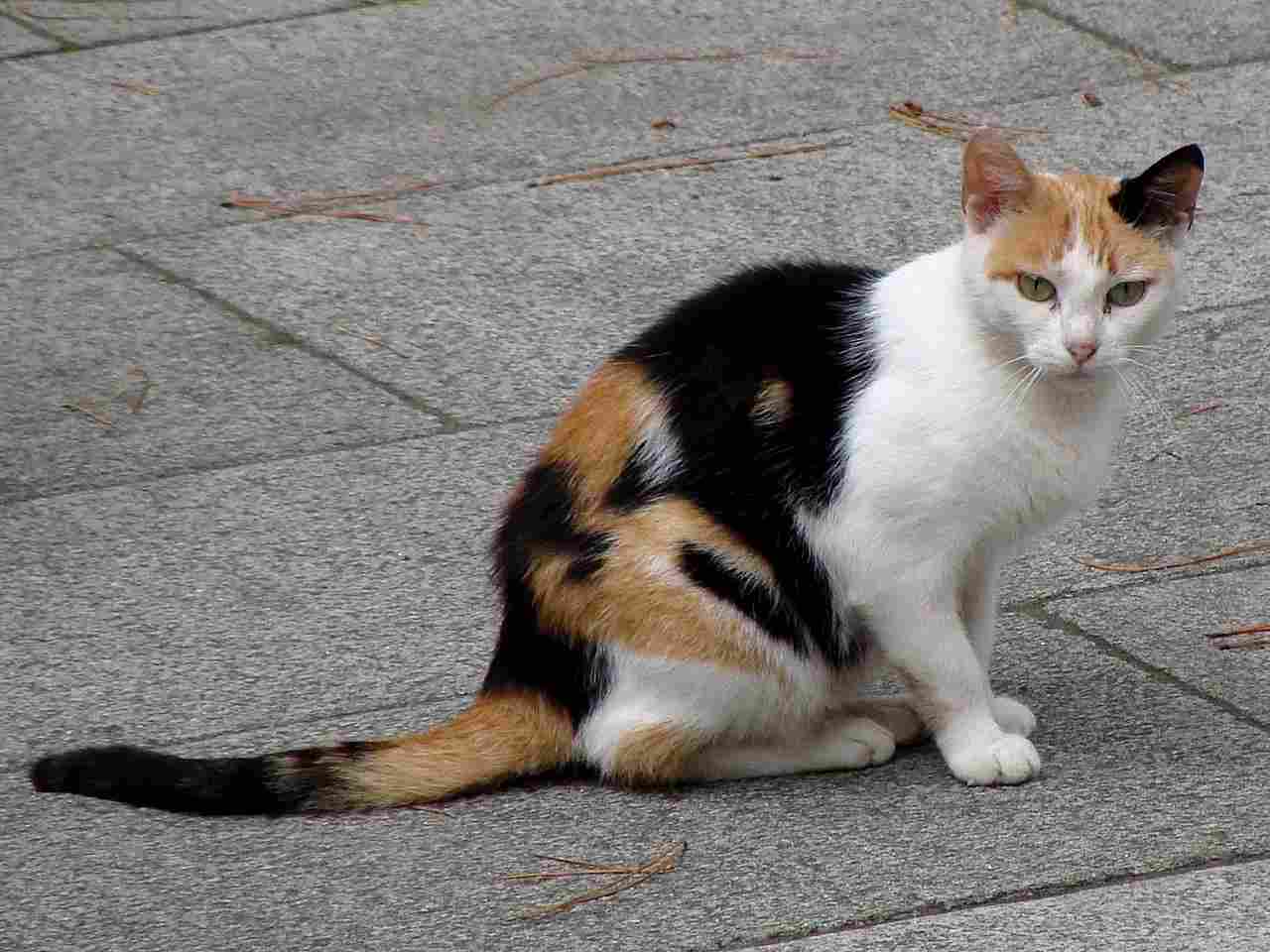
Tortoiseshell Cat:
Highly developed senses of sight, hearing, and smell.
Nocturnal vision allows for effective hunting in low light.
Calico Cat:
Similar heightened senses, crucial for navigating their surroundings and hunting.
Comparison:
Both tortoiseshell and calico cats possess well-developed senses, adapted for their roles as predators.
Ecological Implications:
Enhanced senses contribute to their efficiency in hunting and overall survival in diverse environments.
11. Overall Physical Capacity:
Tortoiseshell Cat:
A combination of agility, speed, and sensory acuity contributes to their overall physical prowess.
Calico Cat:
Exhibits a comparable overall physical capacity, well-suited for domestic and potentially outdoor environments.
Comparison:
Both share a similar level of overall physical capacity, adapted to their roles as domesticated felines.
Ecological Implications:
Their physical capacity allows for successful coexistence with humans and potential adaptation to various ecological niches.
12. Habitat Preference(s):
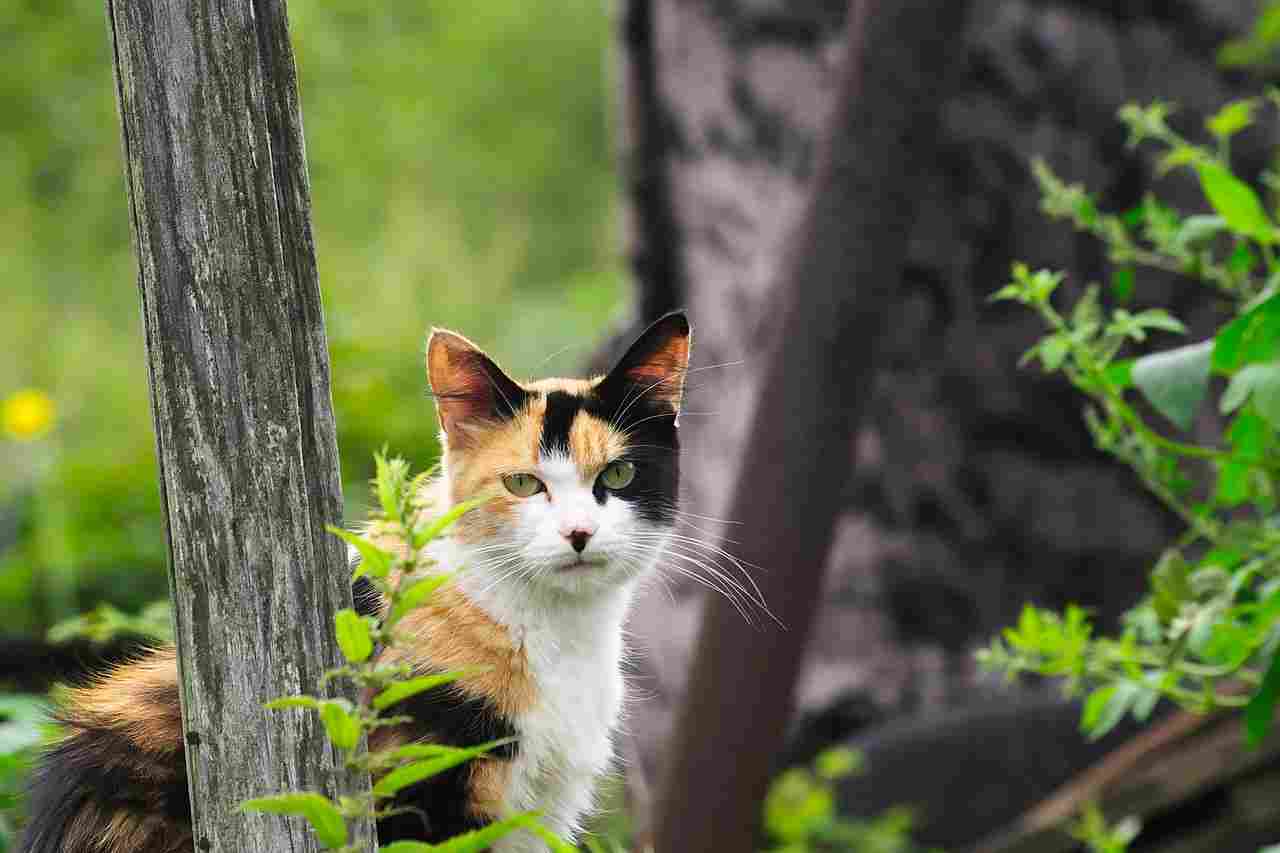
Tortoiseshell Cat:
Adaptable to various habitats, but generally thrives in environments with opportunities for hunting and exploration.
Calico Cat:
Similar adaptability, with a preference for environments that allow for hunting and exploration.
Comparison:
Both tortoiseshell and calico cats exhibit adaptability to different habitats, reflecting their domesticated nature.
Ecological Implications:
The adaptability of these cats to various habitats can impact local ecosystems, especially in human-inhabited areas where they serve as pest control.
13. Tracks:
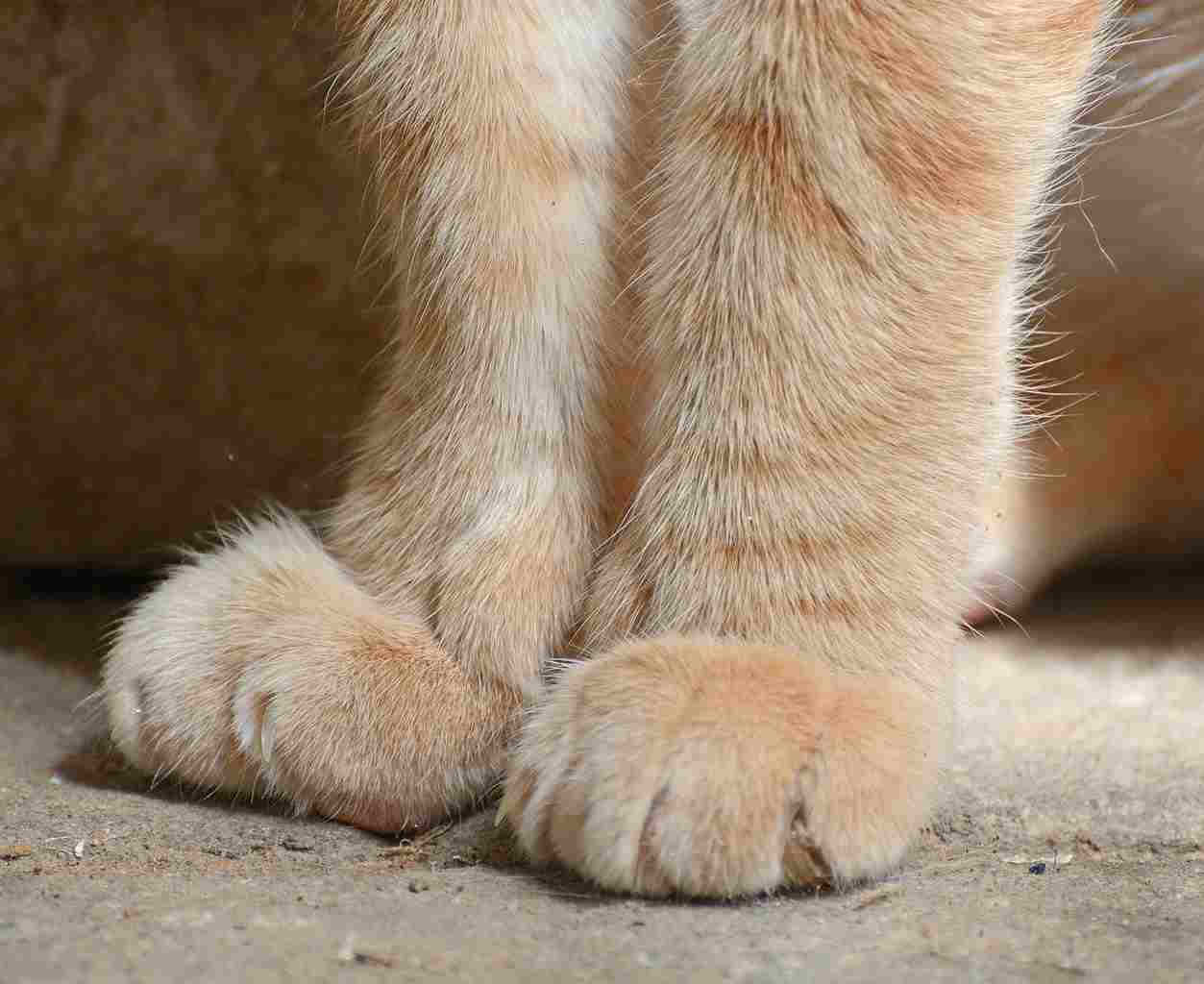
Tortoiseshell Cat:
Paw prints exhibit typical feline characteristics, with retractable claws leaving imprints.
Size varies based on individual and breed.
Calico Cat:
Paw prints similar to tortoiseshell cats, reflecting typical feline characteristics.
Comparison:
Both tortoiseshell and calico cats leave similar tracks, making it challenging to distinguish based on paw prints alone.
Ecological Implications:
Tracking characteristics contribute to their stealth and hunting abilities, influencing their ecological role in controlling local fauna populations.
14. Lifespan:
Tortoiseshell Cat:
Average lifespan ranges from 12 to 20 years, influenced by factors such as genetics, healthcare, and living conditions.
Calico Cat:
Similar average lifespan to tortoiseshell cats, typically between 12 to 20 years.
Comparison:
No significant differences in lifespan between tortoiseshell and calico cats, both falling within the typical range for domestic felines.
Ecological Implications:
Longer lifespans contribute to their sustained presence in human-inhabited areas, impacting local ecosystems over an extended period.
15. Mode of Feeding:
Tortoiseshell Cat:
Carnivorous diet primarily consisting of meat.
May exhibit hunting behavior, especially if allowed outdoor access.
Calico Cat:
Similar carnivorous diet, with a preference for meat-based cat food.
Comparison:
Both tortoiseshell and calico cats share a common mode of feeding, relying on a carnivorous diet.
Ecological Implications:
Carnivorous feeding behavior contributes to their ecological role in controlling populations of small animals.
16. Intelligence:
Tortoiseshell Cat:
Exhibits a range of intelligence levels, influenced by individual differences and breed characteristics.
Calico Cat:
Similar variation in intelligence, with factors such as breed and individual traits playing a role.
Comparison:
Both tortoiseshell and calico cats display a spectrum of intelligence, influenced by genetic and environmental factors.
Ecological Implications:
Intelligent behavior contributes to their ability to adapt to various environments, impacting their ecological interactions.
17. Social Behavior:
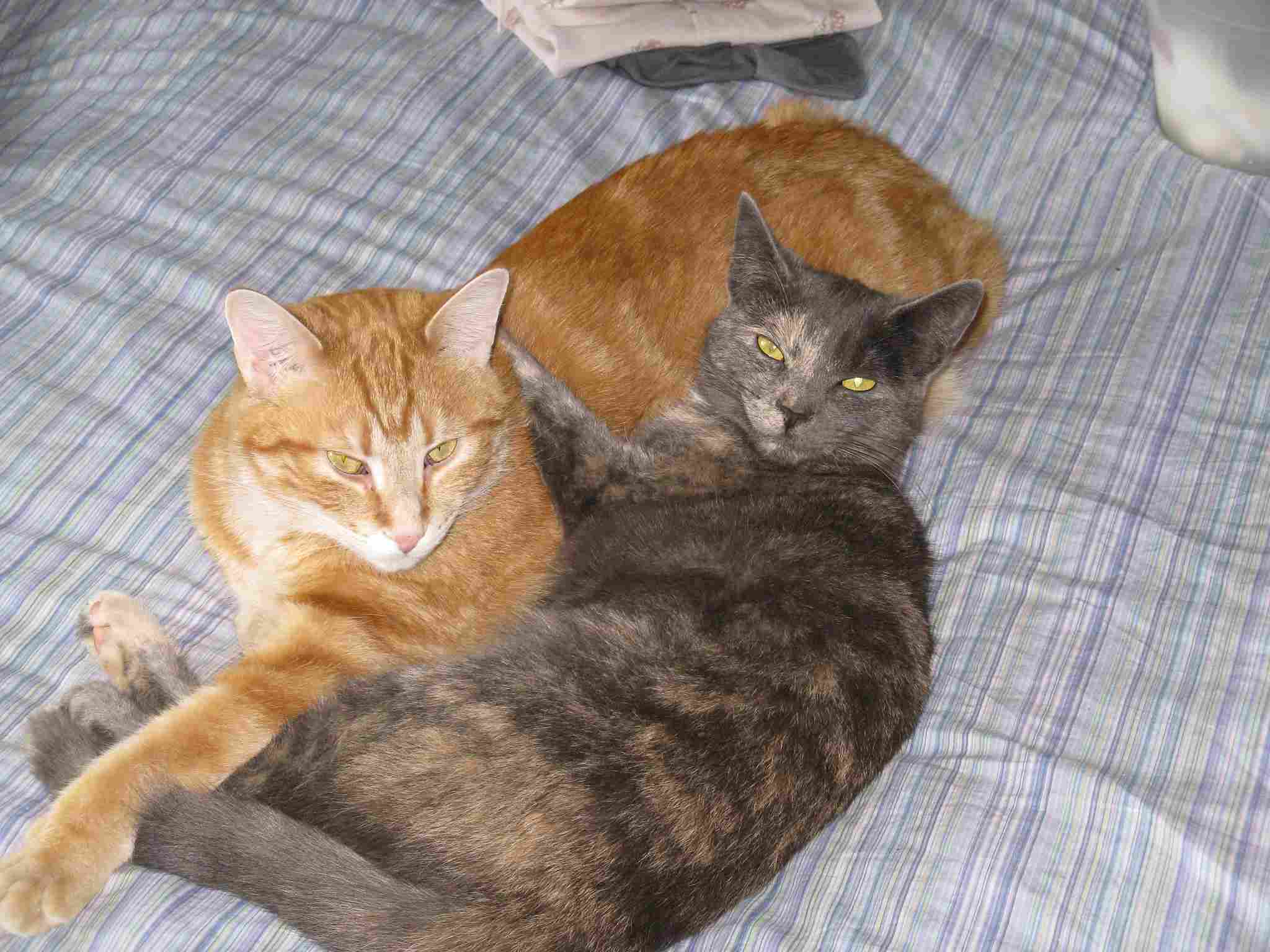
Tortoiseshell Cat:
Social behavior varies, with some individuals being more independent, while others may enjoy human or feline companionship.
Calico Cat:
Similar variation in social behavior, influenced by individual temperament and experiences.
Comparison:
Both tortoiseshell and calico cats exhibit a spectrum of social behaviors, reflecting individual differences.
Ecological Implications:
Social behaviors can impact their roles in local ecosystems, especially in urban or suburban environments where interactions with humans and other animals are common.
18. Mode of Reproduction:
Tortoiseshell Cat:
Reproduces through sexual reproduction, with mating behavior influenced by hormonal cycles.
Females typically experience estrus cycles, signaling fertility.
Calico Cat:
Similar mode of reproduction, relying on sexual reproduction and estrus cycles for mating.
Comparison:
Both tortoiseshell and calico cats share the same mode of reproduction, a fundamental aspect of their species.
Ecological Implications:
Reproductive behaviors contribute to their role in maintaining feline populations in domestic and potentially outdoor environments.
19. Parental Behavior:
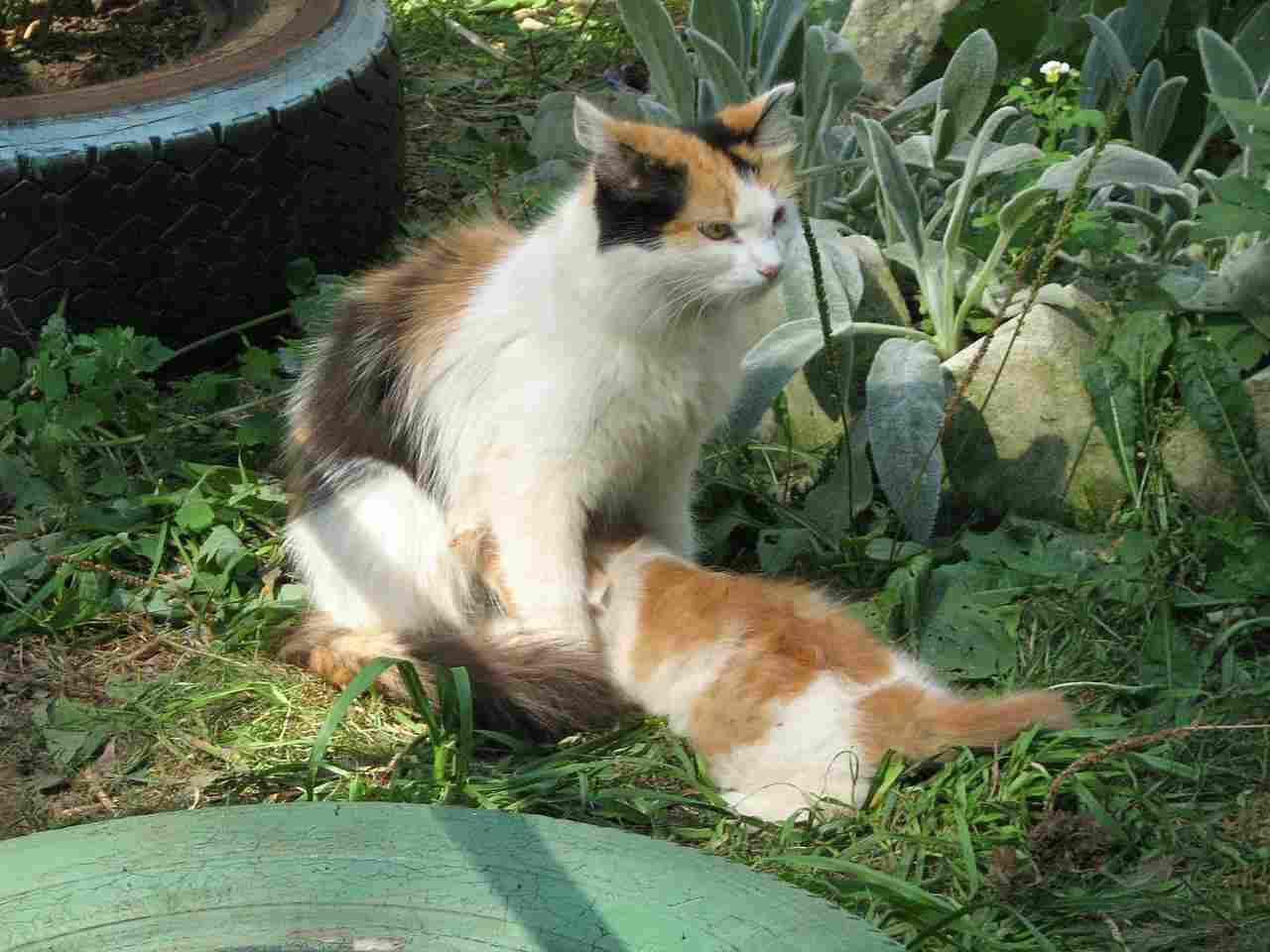
Tortoiseshell Cat:
Displays maternal instincts, providing care and protection to kittens.
May engage in behaviors such as grooming and nursing.
Calico Cat:
Exhibits similar maternal behaviors, including grooming and nurturing of offspring.
Comparison:
Both tortoiseshell and calico cats display maternal instincts, contributing to the well-being and survival of their offspring.
Ecological Implications:
Parental care supports the successful upbringing of kittens, influencing the overall population dynamics in local environments.
20. Proximity to Human-Inhabited Areas:
Tortoiseshell Cat:
Adaptable to living in close proximity to human dwellings.
May benefit from human-provided resources such as food and shelter.
Calico Cat:
Similar adaptability to human-inhabited areas, often seeking resources and companionship.
Comparison:
Both tortoiseshell and calico cats exhibit a tendency to live in close proximity to human-inhabited areas, taking advantage of available resources.
Ecological Implications:
The presence of these cats in urban and suburban settings can influence local ecosystems, impacting both wildlife and human interactions.
21. Behavior Toward Humans:
Tortoiseshell Cat:
Varied behavior, with some individuals being affectionate and others more independent.
Socialization and experiences may shape their interactions with humans.
Calico Cat:
Similar variability in behavior toward humans, influenced by individual temperament and socialization.
Comparison:
Both tortoiseshell and calico cats exhibit diverse behaviors toward humans, reflecting individual differences and experiences.
Ecological Implications:
Human interactions with these cats can impact their well-being and potentially influence their roles in local ecosystems.
22. Danger Posed to Humans:
Tortoiseshell Cat:
Generally poses minimal danger to humans, with behavior influenced by individual temperament and socialization.
May exhibit defensive behaviors if threatened.
Calico Cat:
Similar minimal danger, with the potential for defensive actions if provoked.
Comparison:
Both tortoiseshell and calico cats typically pose low danger to humans, relying on defensive behaviors when needed.
Ecological Implications:
Minimal danger to humans allows for coexistence in human-inhabited areas, impacting the dynamics of human-feline interactions.
23. Associated Precautions:
Tortoiseshell Cat:
Basic precautions include respecting their personal space, especially if unfamiliar.
Regular veterinary care and attention to behavioral cues enhance safety.
Calico Cat:
Similar precautions, emphasizing the importance of understanding individual cat behavior and needs.
Comparison:
Precautions for both tortoiseshell and calico cats involve respectful interactions and proper care to ensure their well-being.
Ecological Implications:
Responsible ownership practices contribute to the overall health and safety of these cats in domestic and potentially outdoor environments.
24. Conservation Status:
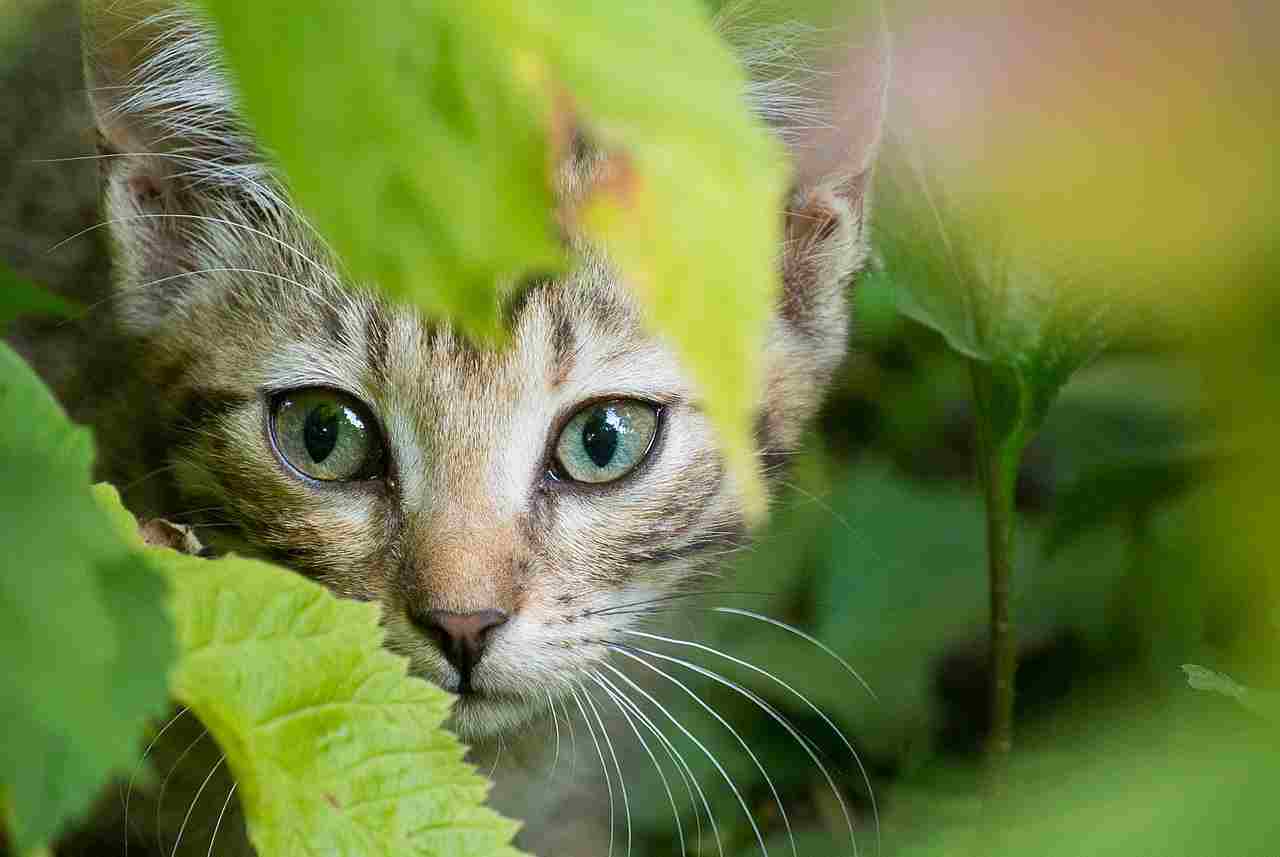
Tortoiseshell Cat:
Not applicable, as domestic cats are not classified under conservation statuses.
Population dynamics are more influenced by domestication and human interactions.
Calico Cat:
Similarly, domestic cats do not have conservation statuses, and their populations are influenced by domestication.
Comparison:
Conservation status is not applicable for domestic cats, including both tortoiseshell and calico varieties.
Ecological Implications:
The impact of these cats on local ecosystems is more closely tied to their role in human-inhabited areas rather than conservation concerns.
Summary of Comparison
Appearance:
Tortoiseshell: Mix of black and orange in a mottled pattern.
Calico: Tricolor coat with white, black, and orange patches.
Size:
Both fall within the average size range for domestic cats.
Weight:
Similar weight range influenced by factors like breed and genetics.
Bite Force (PSI):
Comparable range of bite forces typical for domestic felines.
Physical Offensive Advantages:
Agility and camouflaged coats aid in hunting for both.
Physical Defensive Advantages:
Both rely on agility and sharp claws for defense.
Speed:
Similar high-speed capabilities, reaching up to 30 mph.
Agility:
Both exhibit high levels of agility for hunting and navigation.
Senses:
Heightened senses crucial for survival in various environments.
Overall Physical Capacity:
Comparable physical prowess suited for domestic life.
Habitat Preference(s):
Adaptable to various environments with a preference for hunting opportunities.
Tracks:
Similar paw prints reflecting typical feline characteristics.
Lifespan:
Average lifespan ranges from 12 to 20 years for both.
Mode of Feeding:
Carnivorous diet primarily consisting of meat.
Intelligence:
Display a range of intelligence influenced by individual and breed traits.
Social Behavior:
Varied social behaviors, influenced by individual temperament.
Mode of Reproduction:
Sexual reproduction with mating behavior influenced by hormonal cycles.
Parental Behavior:
Display maternal instincts, nurturing and caring for offspring.
Proximity to Human-Inhabited Areas:
Both adapt to living in close proximity to human dwellings.
Behavior Toward Humans:
Diverse behaviors toward humans influenced by temperament and socialization.
Danger Posed to Humans:
Generally pose minimal danger, exhibiting defensive behaviors if provoked.
Associated Precautions:
Basic precautions include respecting their space and providing proper care.
Conservation Status:
Not applicable as domestic cats, including tortoiseshell and calico, are not under conservation statuses.
Conclusion:
-Similarities:
Both tortoiseshell and calico cats share fundamental biological characteristics, including taxonomy, size, weight, bite force, and reproductive modes.
They exhibit comparable lifespans, modes of feeding, intelligence levels, and social behaviors, with individual variations.
-Differences:
Differences primarily lie in their coat patterns, with tortoiseshell cats featuring a two-color mix, while calico cats exhibit a tricolor pattern.
Ecologically, their roles are influenced by their adaptability to various habitats and their interactions with humans, impacting local ecosystems.

